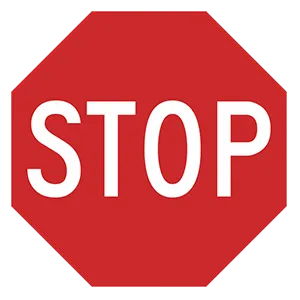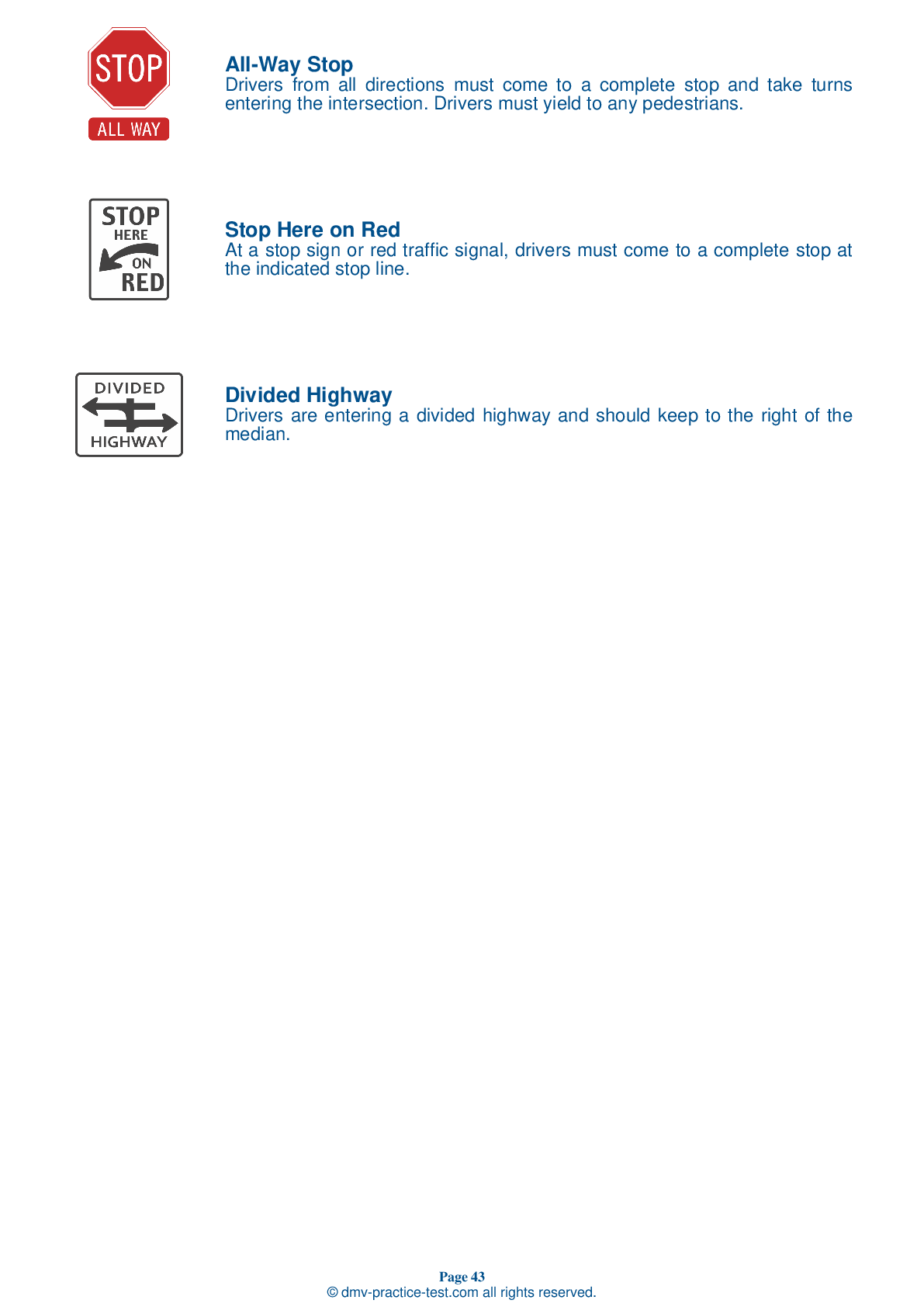FREE Connecticut DMV Practice Test #16 Page 3 of 3
This set of Connecticut DMV practise tests was just updated for January 2026. It includes questions based on the Connecticut Driver Handbook's most essential traffic signs and regulations for 2026. Use actual questions that are very similar (often identical!) to the DMV driving permit test and driver's licence exam to study for the DMV driving permit test and driver's licence exam.
Each practise test question has a hint and explanation to assist you in remembering the concepts. The written component of the official DMV test will include questions about road rules, traffic signs, and driving statutes, as well as information from the Driver Handbook.
To achieve the required passing grade, you must correctly answer 20 of the 25 questions. Take our DMV practise exam to help you prepare for your Connecticut instruction permit or driver's licence.
The DMV exam is available in several languages.
Using any form of testing help will result in an automatic fail, and the DMV may take further action against your driver's licence, so avoid it.
17 . A flashing red traffic light at an intersection means:
A flashing red light at an intersection means drivers are required to come to a complete stop, yield to traffic and pedestrians, and proceed when the way is clear. The same is true at a stop sign.
18 . What can you do to reduce road rage?
To do your part to prevent road rage, you should follow laws, signs, signals, and pavement markings. Always signal your intention when changing lanes.
19 . As you approach an intersection with a flashing yellow light:
A flashing yellow light means that you should slow down, check for cross traffic, and proceed with caution.
20 . If you come to an intersection and your view to the side is blocked, you should:
Drivers must slow down when approaching an intersection. If a clear view of cross traffic is obscured, a driver should come to a stop and inch forward until they can see clearly in both directions.
21 . When you want to change lanes, you should never:
You should never change lanes within an intersection. Before changing lanes, always look over your shoulder to check your blind spot. Be alert to other drivers moving into the same lane.
22 . This road sign means:

An octagonal sign always means stop. When approaching a stop sign, you must come to a complete stop at the marked stop line and proceed only when it is safe to do so. If there is no stop line, stop before the crosswalk. If there is no crosswalk, stop before the intersection at a point from which you can see oncoming traffic.
23 . When merging onto the freeway, you should be driving:
You should enter a freeway at or near the speed of traffic, unless the speed of traffic exceeds the legal speed limit.
24 . To see vehicles in your blind spots, you should check:
By definition, blind spots are areas that cannot be seen using your mirrors. To check your blind spots, you should look over your shoulders.
25 . This road sign means:

Warning signs provide notice to road users of a situation that might not be readily apparent and are usually yellow with black markings. This sign warns drivers of an upcoming intersection so they may prepare for potential traffic or prepare to turn.
See the exact questions that will be on the 2026 Connecticut DMV exam.
99.2% of people who use the cheat sheet pass the FIRST TIME
LT gives us an insight on how the cheat sheet provided her with all the study questions she needed before taking her test.
Joe initially studied with the handbook and failed his test, he eventually found us online, studied and pass his test the first time around.



